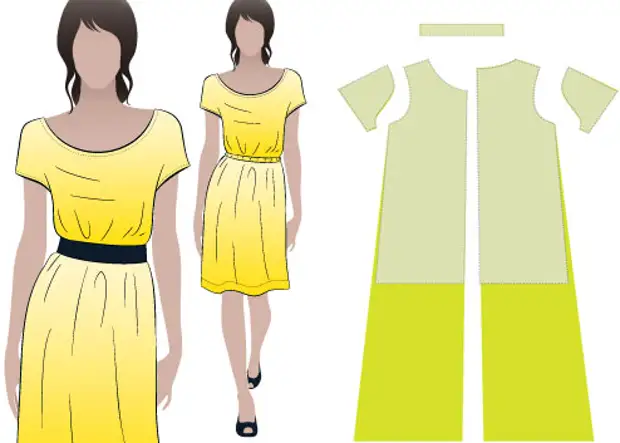
In order to sew a dress with your own hands, it takes not only correctly to build the dress pattern. When you sewing a dress, you need to know the technology of cutting details, be able to perform the first dress fit. For some types of tissue, you need to be able to make a humid-thermal processing of some sections of the dress, to be able to properly iron the seams and irrigate the allowances and others.
To state the entire technological process of tailoring in a short article is impossible, especially in general terms. Various models and stamps of dresses have their own characteristics not only cut, but also tailoring, processing. But, nevertheless, there are a number of general recommendations, which can be used that everyone who decided to sew a simple summer dress with their own hands.
This article provides recommendations and tips of the technologist Atelier for the production of dresses for beginners.
Removing measure for building dress pattern
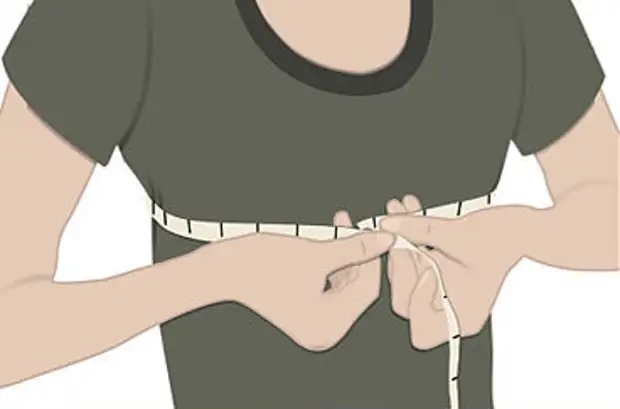
When building a dress pattern, except the main measurements: Pot, Pok, Ra and others, require a number of other additional standards. For example, it is necessary to calculate the chest center (CG) on the pattern, measure two types of "breast volume" (POC I and PF II), etc.
Love indoor or garden flowers? In the nursery "Green Gate" you can buy rooted cuttings and decenes of various home and perennial garden flowers. It is constantly updated by the collection of anthurium and hibiscus. Flowers and plants are sent by mail.
Preparation Patterns Dresses
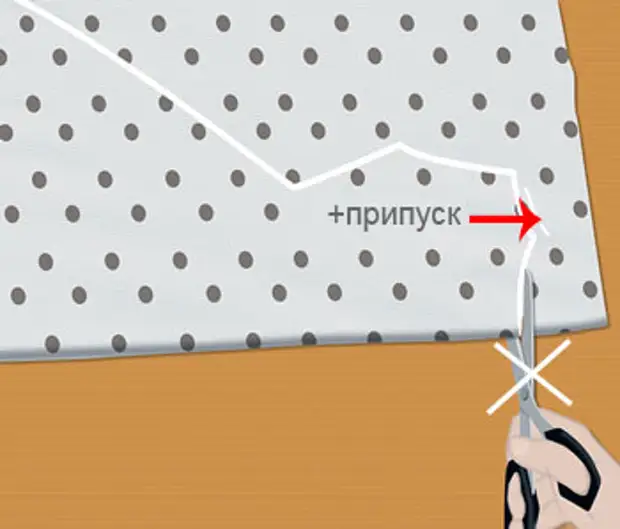
After building the dress pattern, it needs to be prepared.
1. The contours of the back, shelves and the sleeves should be transferred from the main drawing to another sheet of paper. Each part item must be depicted on a separate sheet. Paper for this can be used without marking. And after you were convinced of the accuracy of your pattern, it can be transferred to a dense cardboard or oilcloth, film.
2. On the details of the pattern, it is necessary to spend the waist lines and hips, the lines of the dotchek and other most important lines, designate key points, arrogance, share line.
3. Before drawing details of the dress, check the centimeter all segments of the connecting lines of the pattern details. Make sure that the size of the armor corresponds to the volume of the octal sleeves, taking into account the landing or folds along the top of the sleeve (if provided). Compare the neck and collar. Be sure to make sure the side seams of the dress coincide, and they do not have to be attached during the stratification on the sewing machine. The same shoulder seams on the shoulder slice, nose of the sleeve, etc.
4. In case of inconsistency detection, eliminate it either by cutting off excess, or by gluing additional pieces of paper and change the contour.
5. Do not forget to leave points when laying globes on fabric for subsequent cut.
6. Professional tailors do not build patterns along with the allowances, but novice tailor is more convenient to do patterns together with allowances. Then the appearance of an error when the fabric is starting.
Preparation of fabric for cutting dresses
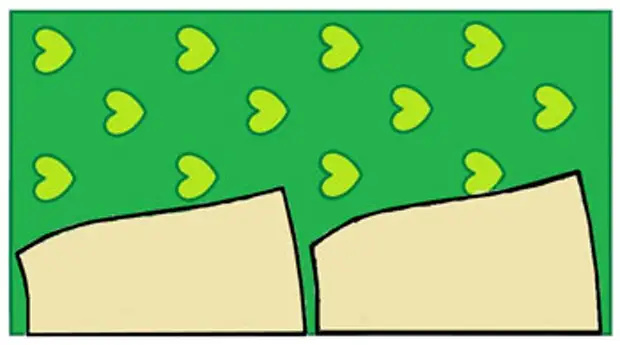
Many fabrics before cutting, you need to prepare. For woolen fabrics, a decay is often required, wet-thermal treatment of fabric. For some tissues, abundant moisturizing (washing) is required with a subsequent natural drying. Fabrics with a pile, such as velveteen, velor have a concert. All this and much more should be taken into account before cutting the fabric and sew a dress.
1. Cotton, linen and silk fabrics stroke with inside. If the fabric is shingled, moisten it and pull it.
2. Waste fabric and fabric made of artificial fiber must be joined.
3. Determine the fabric fabric. For some tissues it is difficult to do. In this case, focus on the edge. All tissue rolls are folded in the facial face factory inside (special drums), on the edges of which are needles. So, punctures from these needles should be more noticeable from the front of the fabric.
4. Inspect the entire cut of the tissue. If you find defects, immediately circle them with chalk so that when you get around them.
5. Sometimes, some fabrics for summer dresses need to be fired by the site cut off in the store. Throw the transverse thread from the cut edge of the fabric, and you can accurately determine where you need to crop fabric.
6. If the fabrics have a pile or a picture directed in one direction, it is necessary to cut the details of the dress only in one direction. All parts of the patterns, except for rubbing, belt, cuffs need to be folded in one direction. The pile should be directed from the bottom up.
Laying and cut dresses details
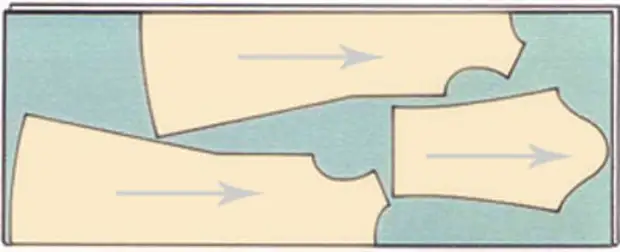
Fabric on the table for cutting off the top or in the folded condition (edge with the edge), the front side inside. The flooring can be made on a turn or fold.
1. Watch out for the correspondence of the direction of the filament of the fabric with the directions indicated on the details of the dress pattern.
2. Observe the rate of additions on the seams, bending, folds, snapshots.
3. Place the patterns of symmetrical parts that do not have a seam or clasp, according to the fiber of the fabric.
4. Economy Conside the fabric appearing large parts of the fabric fold in one place. Of these, you can carve small details of the dress.
5. Unlock on the fabric at the beginning large details of the pattern: back, shelter, sleeves. In the intervals between them, place the remaining parts: collar, cuff, belt, etc.
6. Operate the contours of lecturer you need two lines: in contours of the patterns and taking into account points on the seams.
7. Cut parts need from the second chalk line.
Video, as arranged and how to adjust the sliding mannequin.
Technology processing and tailoring dresses
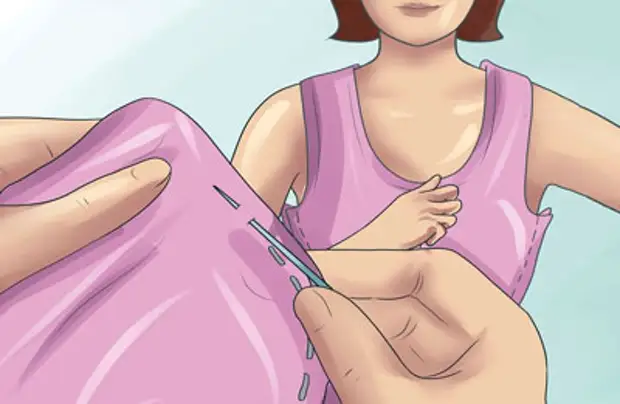
The processing technology and sewing dresses depends on the model and tissue selected for the sewing of the dress. But in any case, you need to adhere to the general recommendations of the sequence of operations to prepare the dress to the first fitting.
1. Ride the Silks (if required) on the contour and contour lines of the pattern.
2. Smetae small details (wedges, extensions, etc.)
3. Prepare a shelf. Smetae the wrappers. At first, the top, then along the waist line. If there is a coquette, which is adjusted to the assembled part of the bodice, collect this part on the sewing machine.
4. Preparation for sewing the backrest dresses. Smealance sections or folds in the middle of the back. Smetae the wrap or assembly along the waist line, as well as the castle in the neck or shoulder. In the presence of folds, cutting and other shaped lines, the production should be swept first along these lines.
5. Preparation for sewing dresses skirt. Smealance folds, reliefs or shaped lines, sweep the wrappers, notify your pocket. 6. Connection of the grain dresses with a skirt. In the case of a coincidence of the side seams, the skirts with the side seams of the leaf, you trample the skirt with the bodice on the waist line, that is, the back with the rear cloth and the shelf of the dresses with the front cloth, and then shoulder and side sections. If the lateral sections of the bodice dresses do not match the side sections of the skirt, sweep the shoulder and side sections on the bodice, and then the bodice with the skirt along the waist line. Bottom skirts to adjust and notice.
7. Preparation of sleeves. A narrow sleeve should be subjected to a wet-thermal processing (stretch the elbow of the fabric and suck the place of folding the hand). Then, OKAT sleeves should be collected for two threads, the first of which is 0.7cm from the cut, and the other - at a distance of 0.5 cm from the first, retreating from the suture of the sleeves by 8-10 cm. Both threads for planting OKATU Sleeves pull. When you sew a wide sleeve with a cuff, if the sleeve is at the bottom of the assembly, the bottom of the sleeve is to assemble on the assembly, and then notify the cuff.
In this video, it is shown how to make straps for dresses or chiffon blouses.
First fitting dresses
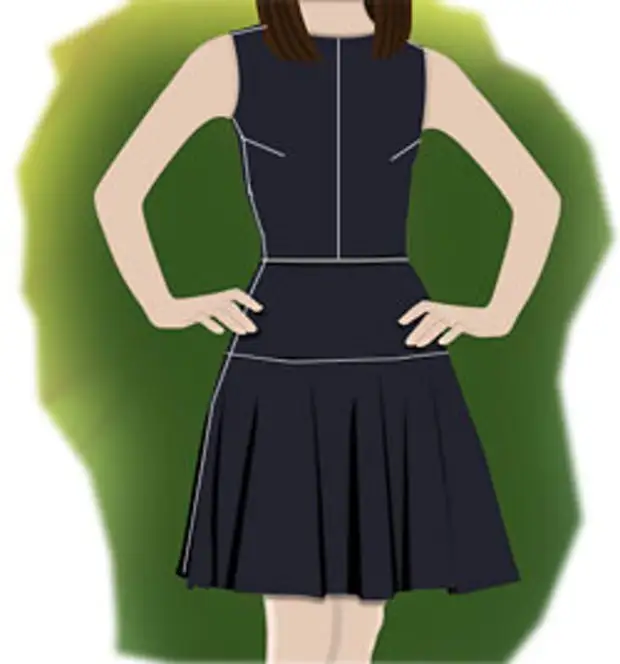
Making the first fitting of the dress, it should be remembered that the pins on vertical sections are riveted with edges down. By horizontal seams - the edge of the left.
1. Put the dress and scalp the fastener. Then disappear your dress so that the central lines are located, as it should be, in the center of the product.
2. Check the width of the dress along horizontal lines (chest lines, waist, hips, bottoms).
3. Check the rear cut depth of the shoulder seam (if it is). Make sure that she does not have distortions.
4. Check the height and depth of the front dresses on both sides.
5. Check the depth of the neckline.
6. You also need to check the width of the shoulder okat and the depth of the armor. If you need to mark chalk fate to adjust.
7. Specify the length of the product.
8. Connect the collar with the neck and specify its width and shape of the corners.
9. Scaliate the pins of the sleeve in the trunk of the dress and specify its length and width.
10. If pockets are provided on the dress, apply with chalk their location and shape.
This is just a brief list of those knowledge that you need to armarate beginners before sewing a dress with your own hands. Unfortunately, often at novice porn sewing the dress is associated with a cloth, scissors and a sewing machine, which is released by intermediate stages. Tailoring the dresses on the sewing machine is only the final stage of preliminary preparation, several dress fittings. And the sewing machine is only tools for the overacting of the fitted parts in the skillful hands of cartridges. However, the technology of sewing products on the sewing machine is also a difficult occupation and we have on the site there are articles dedicated to this.
In this video you will see how simple and at the same time beautifully you can handle the neck of the dress. The so-called French method of processing the armor or the neck of the double oblique baker.
